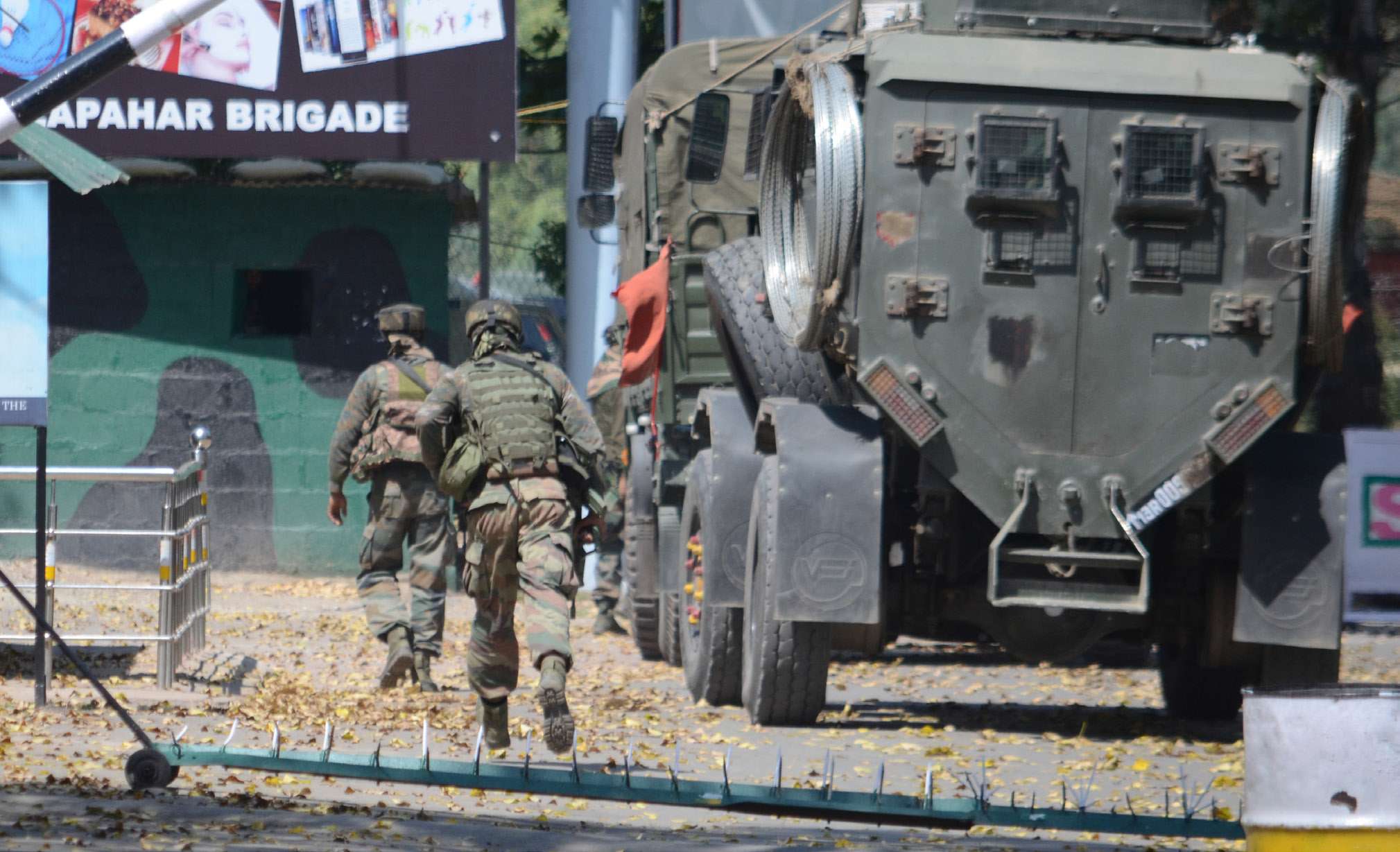
The Indian territory of Kashmir has been a cauldron of conflict for decades, a region where the struggle for self-determination has been marked by violence and bloodshed. In recent months, a new wave of militant attacks has rattled the Indian security forces, exposing the fragility of their control and challenging the government’s narrative of normalcy.
The sophistication and coordination of these attacks have left Indian forces reeling. Unlike the past, when militants were often poorly equipped and isolated, they now possess advanced weapons and operate in well-organized networks. Reports from international media, including an article by Ellis Petersen in The Guardian, have debunked the Indian government’s claims of stability in the region.
The militants’ arsenal has undergone a significant upgrade. Gone are the days of outdated weapons; today, they are armed with modern firearms that have caught Indian forces off guard. These militants have also adopted guerrilla warfare tactics, allowing them to strike with precision and disappear before Indian forces can respond. The use of drones to transport weapons and the recording of ambushes with body cameras has added a new dimension to the conflict, intensifying psychological warfare against Indian troops.
The Indian forces have also witnessed a decline in morale. The militants’ hit-and-run tactics have created an unpredictable battlefield, making it difficult for Indian troops to track and confront them. Intelligence gathering has become increasingly challenging, leaving security personnel in the dark about militant movements and plans.
The militants have expanded their operations beyond Kashmir Valley, targeting the Hindu-majority region of Jammu. This escalation of attacks has shocked local residents and security forces alike, as what was once considered a safe region is now a target. The anxiety among the local population has reached new heights, as they fear being caught in the crossfire of the insurgency.
These developments starkly contrast with the Indian government’s claims of normalcy in Kashmir. After the revocation of Kashmir’s special status in 2019, Prime Minister Narendra Modi’s administration insisted that the region had returned to peace and stability. However, the recent spate of militant attacks tells a different story. Despite a heavy military presence, insurgent groups continue to operate with little resistance, exposing the limitations of the Indian government’s strategy in the region.
The reliance on military force to quell the freedom struggle has proven to be insufficient. The ongoing insurgency and the militants’ ability to innovate their tactics have revealed flaws in India’s counterinsurgency approach. Rather than pacifying the region, the Indian government is witnessing an intensification of violence. The militants are not only surviving but thriving, gaining local support and accessing resources to sustain their operations.
Faced with this rising tide of violence, Indian security forces and local defense groups are calling for additional support. Raj Kumar, a volunteer from a village defense guard, expressed his fear in an interview with The Guardian. “The militants have sophisticated weapons and training—that is why we are asking for additional support from the government,” he said. “This time, we are more afraid.” Volunteers like Raj Kumar, who are tasked with protecting their communities, feel the weight of responsibility as militant attacks intensify. Their fear and frustration reflect the broader anxiety across Kashmir and Jammu, where local defense groups are finding themselves outmatched by better-armed and better-trained militants.
The situation has also garnered attention from international media and analysts. Outlets like The Guardian have been instrumental in challenging the Indian government’s narrative of peace and stability. The reports emphasize the determination of Kashmiri militants and the failure of Indian forces to counter their growing strength. Petersen’s article is just one of many that portray a bleak picture of India’s efforts in Kashmir. The persistence of militancy, despite years of military operations, suggests that the conflict is entering a new phase, one where modern technology and guerrilla tactics will play an even greater role in keeping the insurgency alive.
The recent surge in violence shows that the conflict in Kashmir is far from over. Militants have become more sophisticated, and their use of modern weapons and innovative strategies has shifted the balance of power in the region. Indian security forces, once in control, now find themselves struggling to keep up. The psychological toll on troops, combined with the expanding scope of militant operations, has left the Indian military in a precarious position. Meanwhile, the Indian government’s claims of normalcy continue to be contradicted by the reality on the ground.
As the region heads into election season, the Indian government faces mounting pressure to address the insurgency and restore order. However, without addressing the underlying causes of the conflict, it is unlikely that the cycle of violence will end. Militancy in Kashmir, rather than being defeated, has been revitalized, and unless comprehensive political solutions are sought, the Indian government’s grip on the region will continue to weaken.
